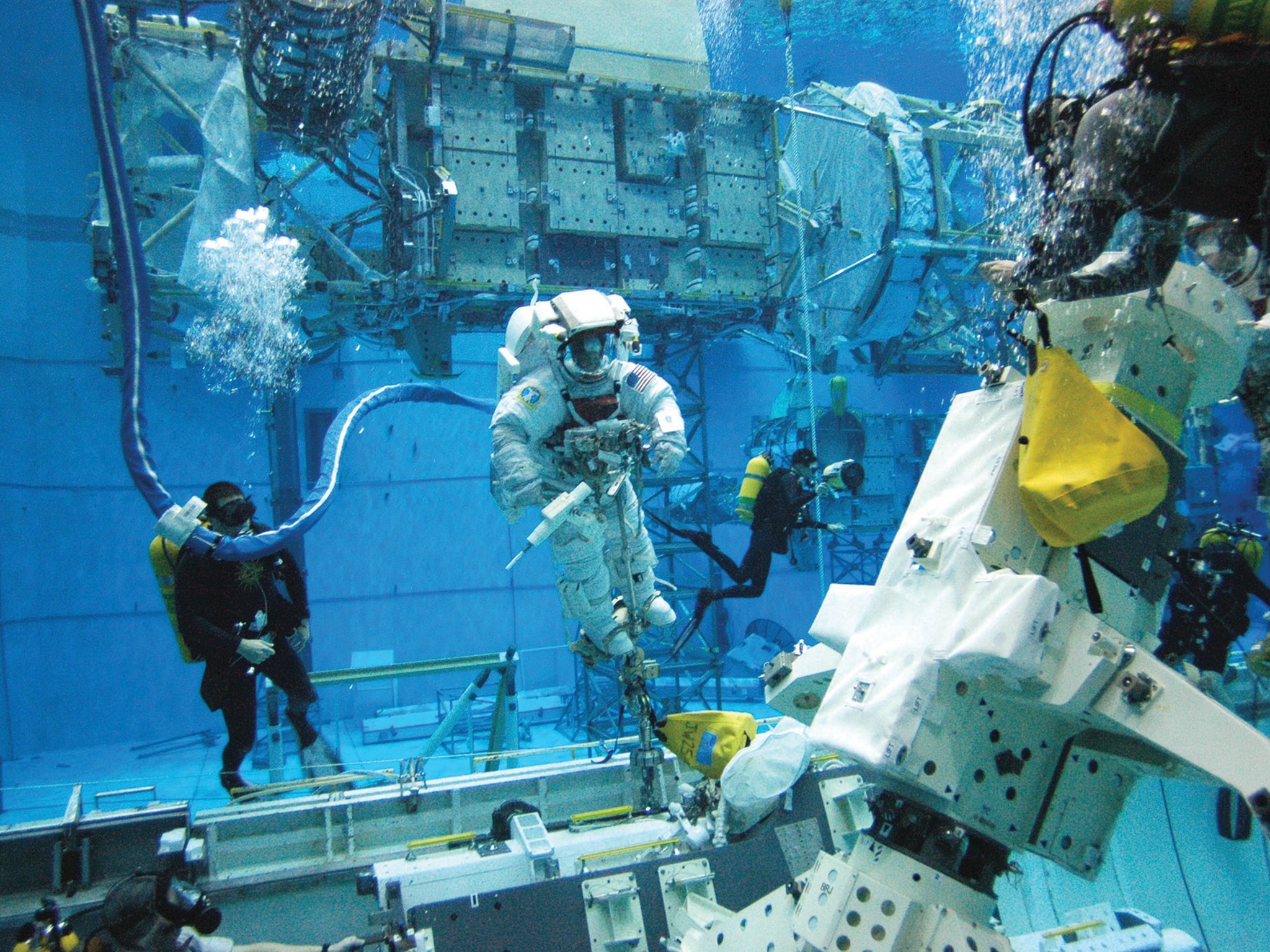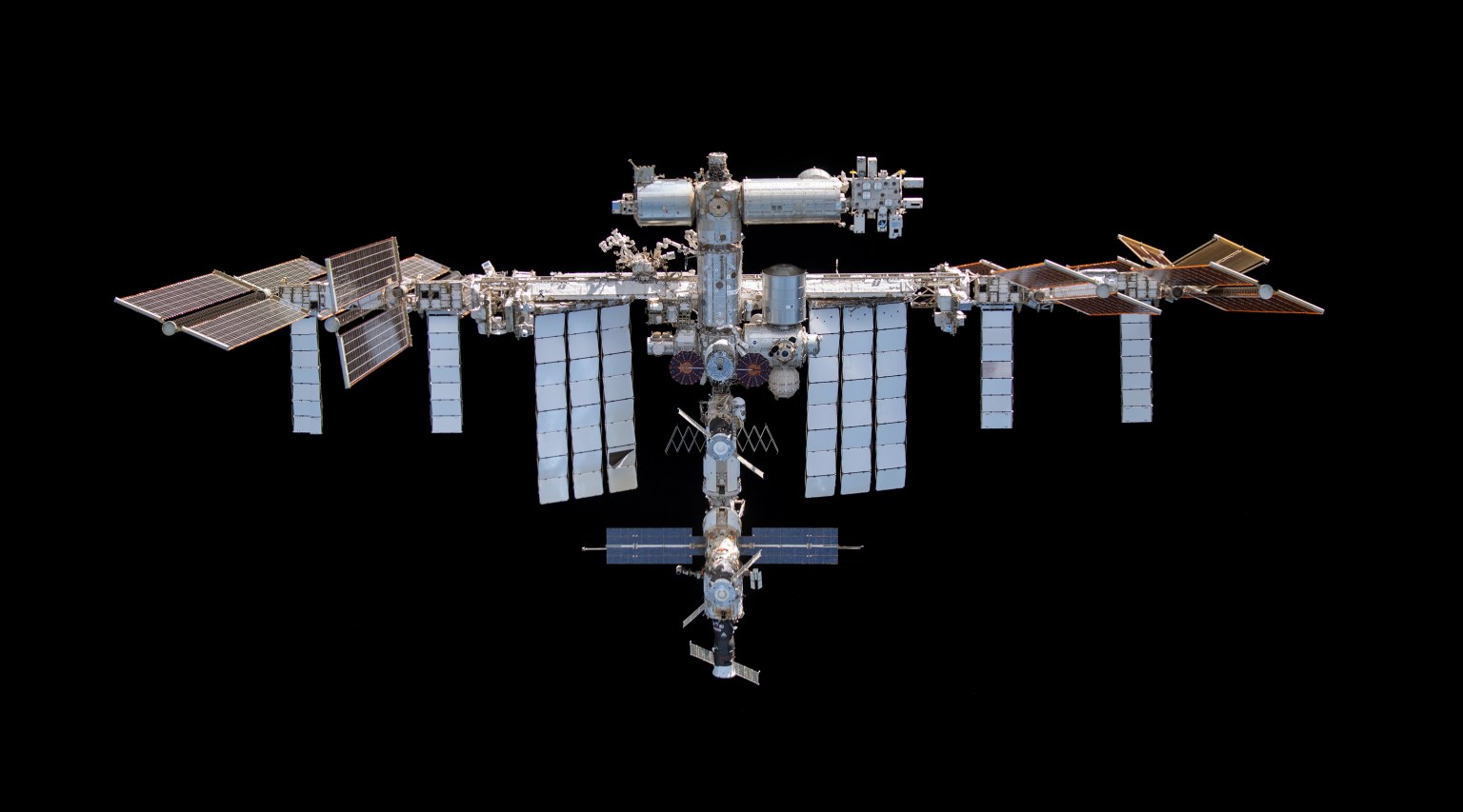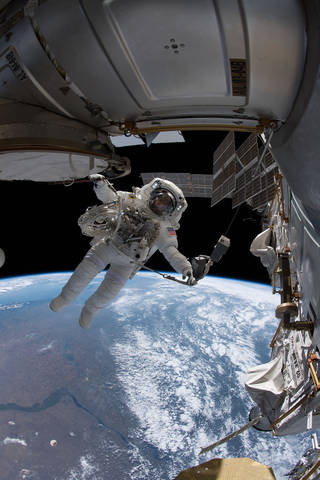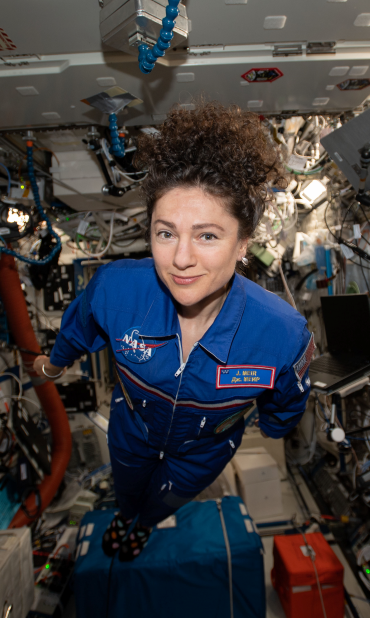Johnson Virtual Tours
Welcome to the Johnson Space Center’s virtual tour page. As the home of human space exploration we have some exciting facilities to share. Click on the links below to take a trip behind the scenes and learn more about how we make space exploration possible!
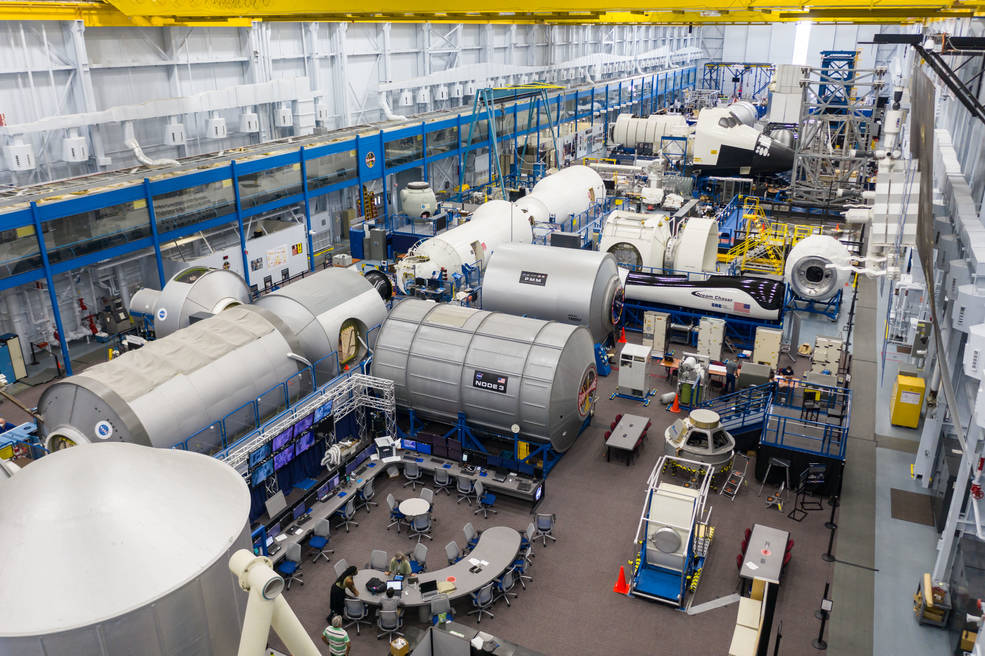
Space Vehicle Mockup Facility
The SVMF provides world class training for space flight crews and their support personnel and high-fidelity hardware for real-time mission support. A major task of the SVMF is to support Engineering and Mission Operations evaluations for the International Space Station (ISS) and Orion Programs. All mockups and part-task trainers are available to support troubleshooting on the ground any time problems develop on orbit in real time.

Christopher C. Kraft Mission Control Center
Command and control of the International Space Station is done from Mission Control Centers around the world. Mission Control – Houston has the overall responsibility for all Mission Control and is the focal point for final decisions that are made regarding the safety of the crew and the vehicle.
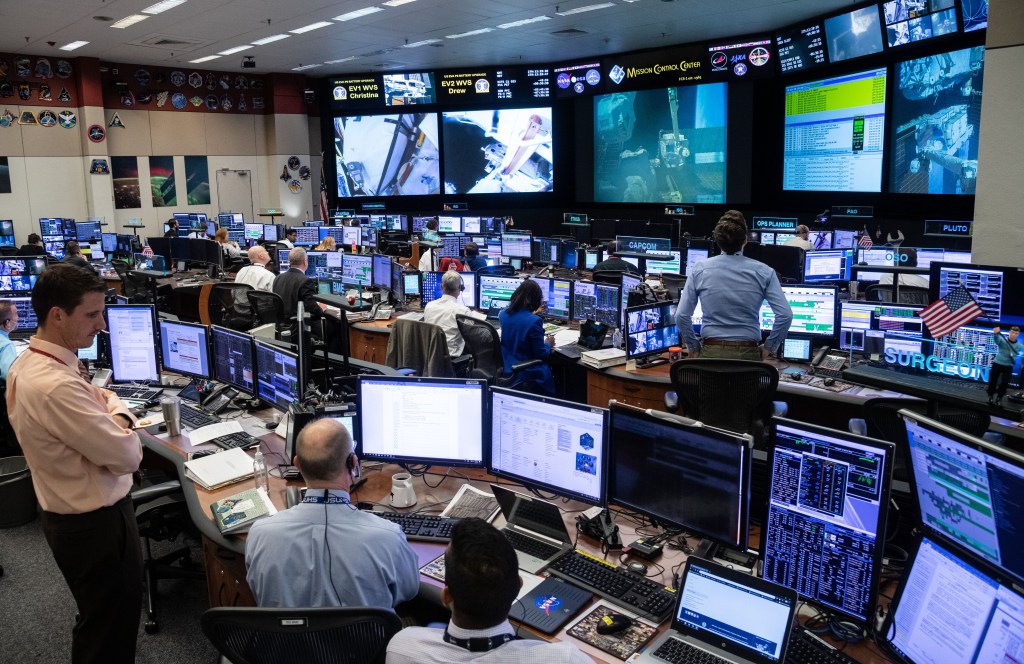
Flight Control Room-1 (FCR-1)
FCR-1 has been the ISS Mission Control Room since 2006. Prior to being used as the primary mission control room for ISS, FCR-1 was used for ISS payload and science teams, Space Shuttle missions, and earlier human spaceflight missions such as Skylab, Apollo-Soyuz, Apollo and Gemini mission support.

Neutral Buoyancy Laboratory (NBL)
The mission of the NBL is to prepare for space missions involving spacewalks. NASA team members use the NBL to develop flight procedures, verify hardware compatibility, train astronauts and refine spacewalk procedures during flight that are necessary to ensure mission success. Sonny Carter was an accomplished soccer player, flight surgeon, Naval Aviator and Astronaut. This facility was named in his honor upon its completion in 1996.
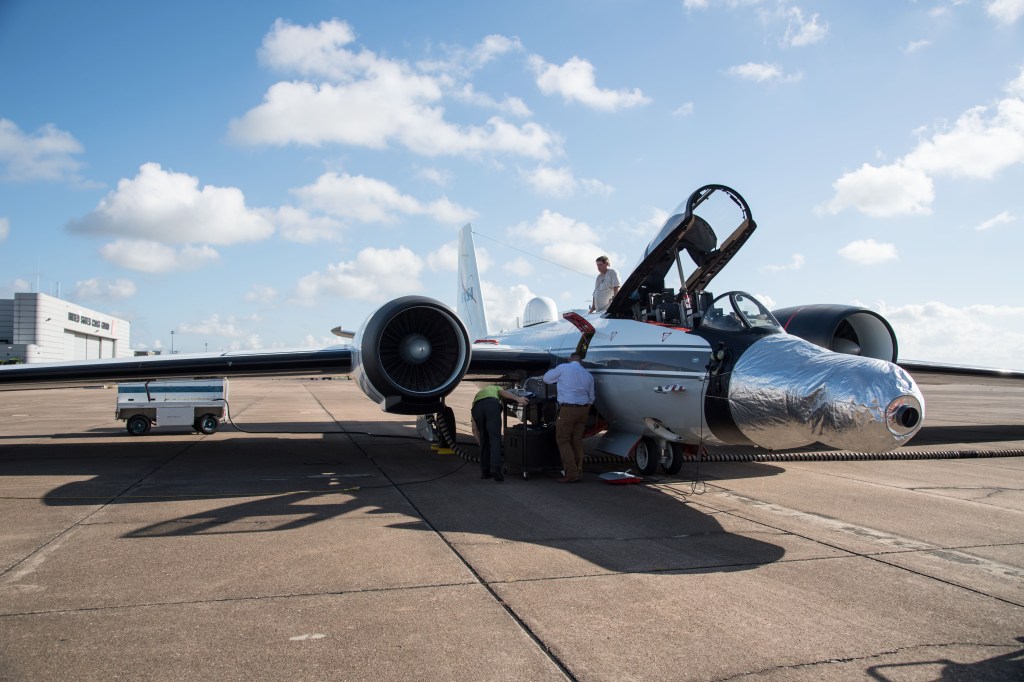
Ellington Field
Ellington Field is the heart of Johnson Space Center’s flying operations and is located about 15 miles south of downtown Houston. NASA’s primary function at Ellington is the training of astronauts for spaceflight. The field is also a base for administrative, cargo transport and high-altitude aircraft, with many types of NASA aircraft at the hangers.
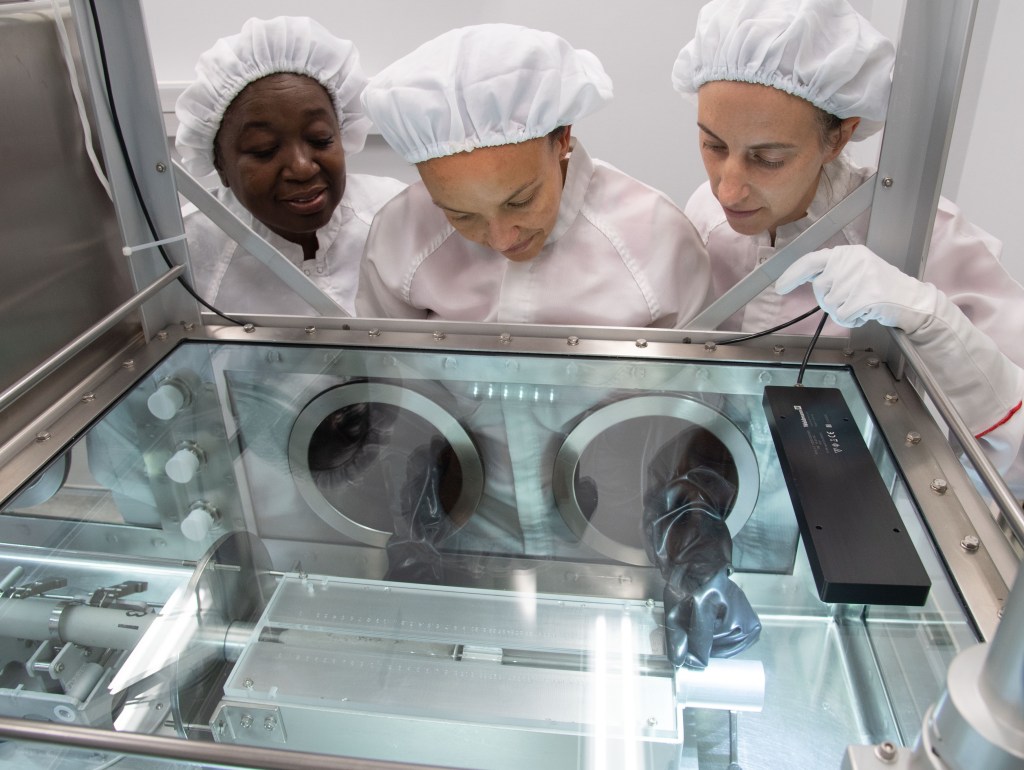
Lunar Sample Curation Laboratory
Between 1969 and 1972, six Apollo space flight missions brought back 382 kilograms (842 pounds) of lunar rocks, core samples, pebbles, sand, and dust from the lunar surface. The six space flights returned nearly 2200 separate samples from six different exploration sites on the lunar surface. The Lunar Sample Laboratory Facility, which was completed in 1979, is the chief repository for the Apollo samples. It was constructed to provide permanent storage of the lunar sample collection in a physically secure and non-contaminating environment. The facility consists of storage vaults for the samples, laboratories for sample preparation and study, a vault for sample data and records, and machinery to supply nitrogen to the cabinets in which the samples are stored and processed.
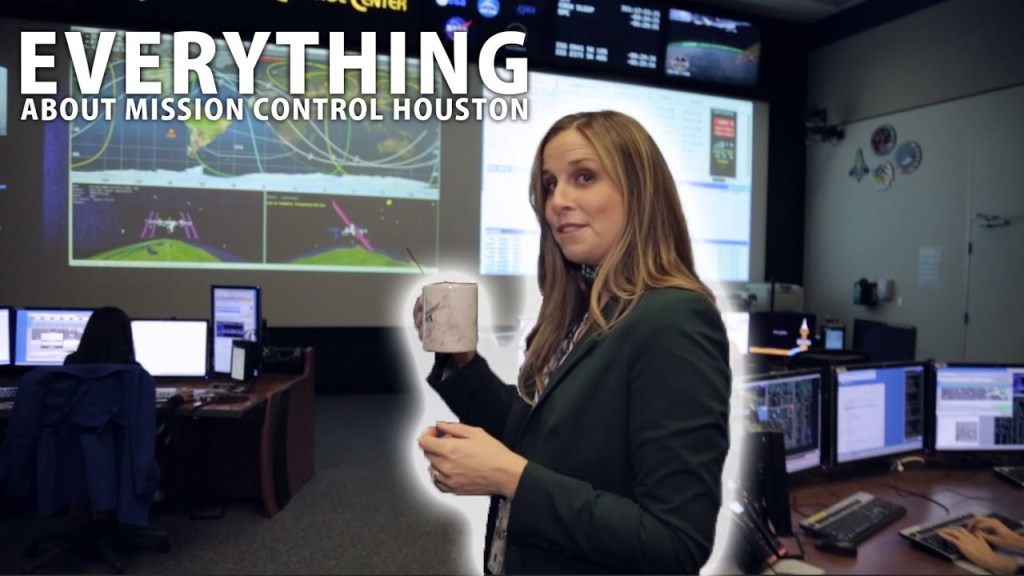
Listen as Mary Lawrence answers questions About Mission Control
With only five minutes but an unlimited number of questions, you can find out what it’s really like to live on the International Space Station—if you also have NASA astronaut Reid Wiseman, who spent 165 days in space during Expeditions 40 and 41 in 2014. Listen as Wiseman answers the questions you would ask about real life in zero g: how big is the space station, is it very hot or cold there, was the food any good, did you prank-call anyone from orbit, and many more.

Listen as Wiseman answers questions About Living in Space
Houston, we have a problem – there are too many questions about Mission Control. Luckily, Flight Director Mary Lawrence is here to answer as many as she can before her shift starts. Listen as she and her fellow flight controllers answer everything about Mission Control Houston: what time does it close, how many acronyms do you have to learn, is there a phone number for the space station, and many many more. All of the flight controllers on screen are real Houston flight controllers and controllers in training.


























